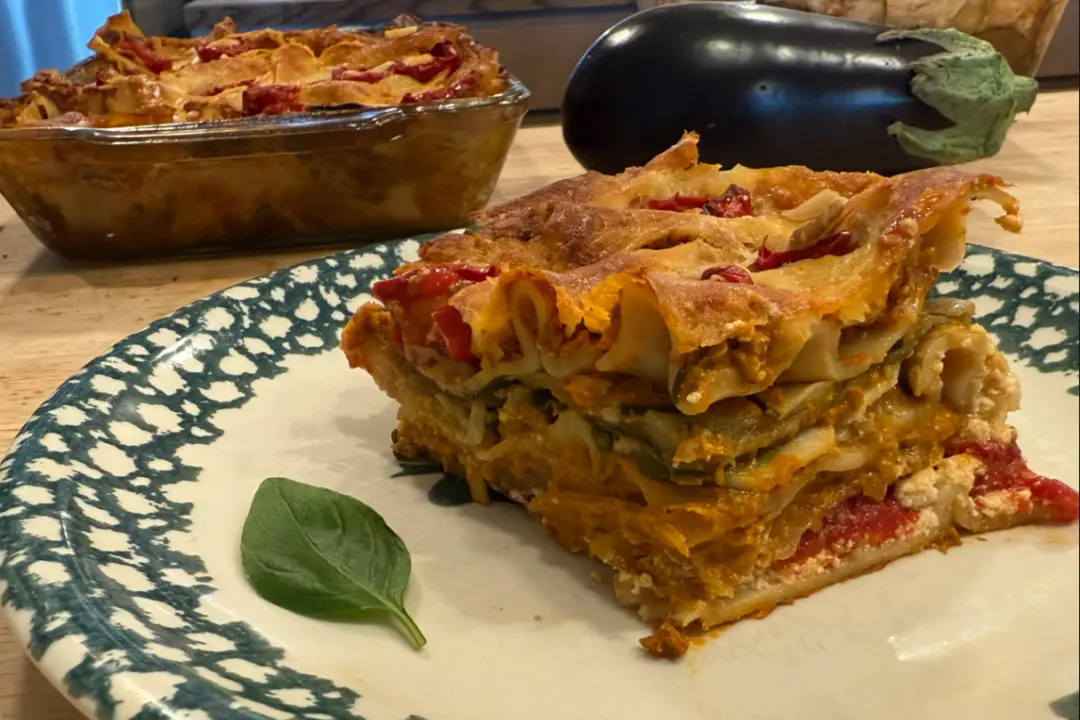French onion soup is the world’s most elegant dish. Not the kind of elegance you’d find on a white tablecloth with extra silverware, but elegant in the sense that scientists use the word. Like when a simple equation can express the relationship between matter and energy with as few ingredients as a pot of French onion soup.
Start with onion, wine, and butter, which everyone knows are some of the most flavorful examples of matter in the universe. Add energy, in the form of heat from your stovetop, plenty of time, which some people call the fourth dimension, and thyme from the garden, where that tough little herb stays green deep into winter.




